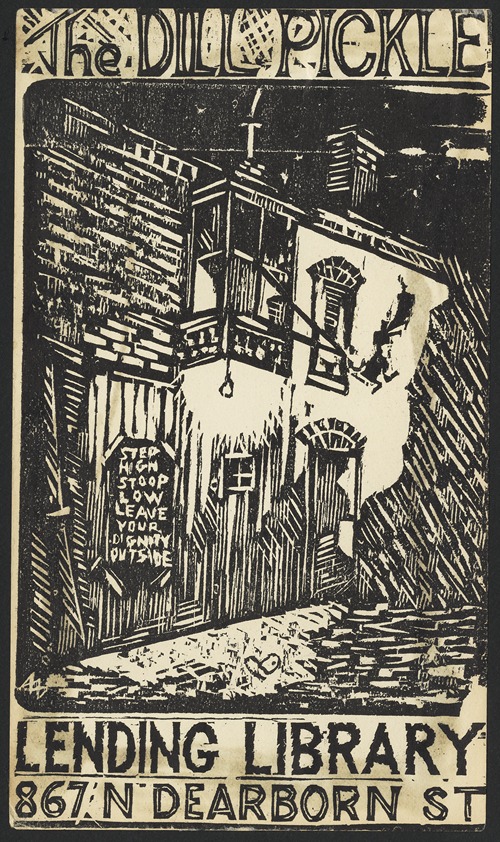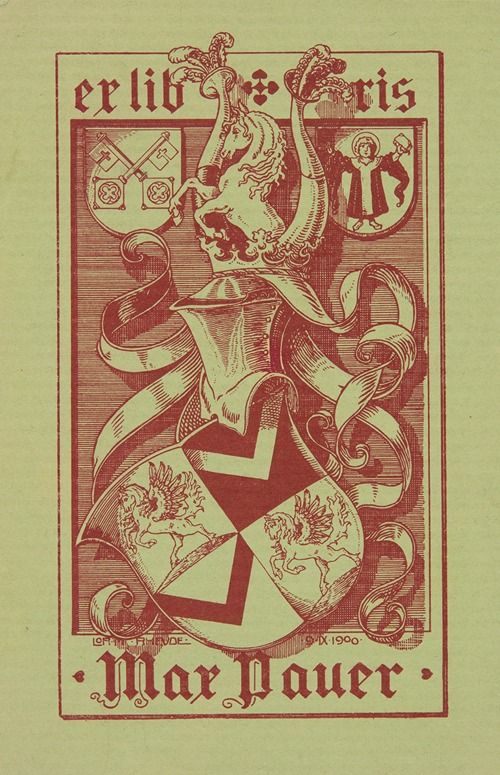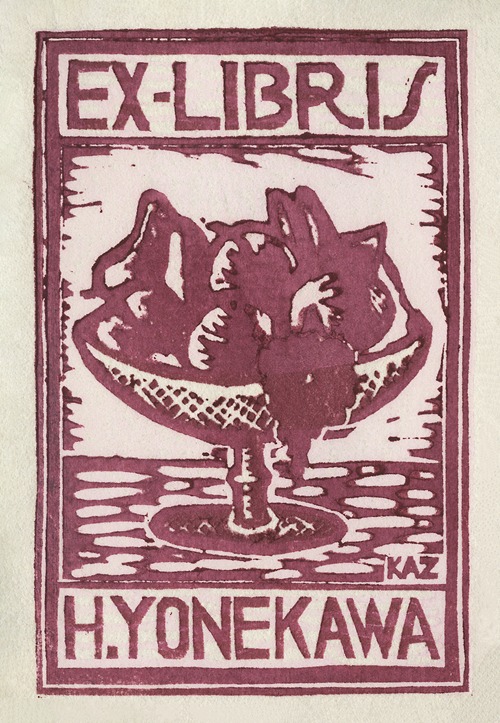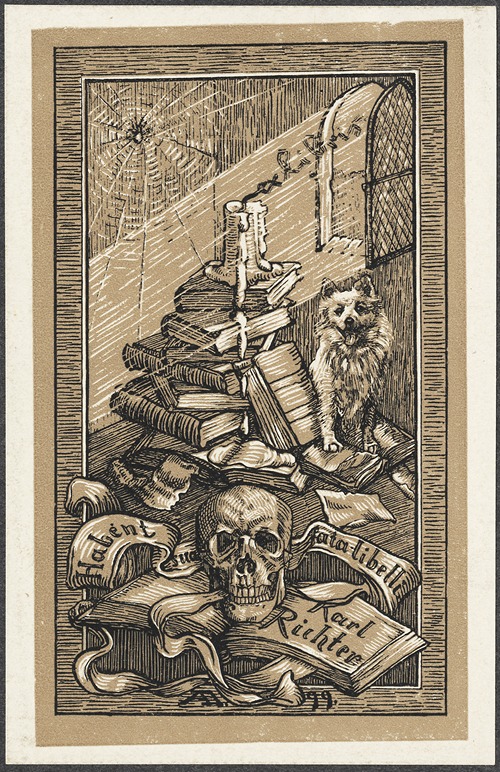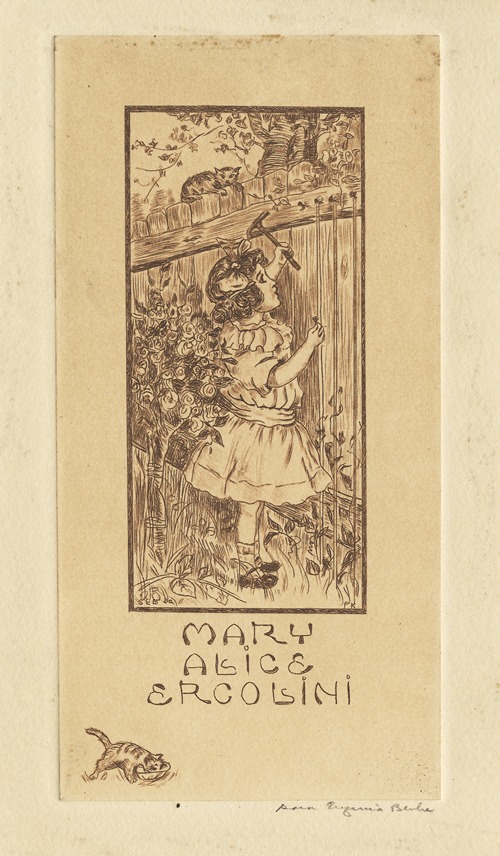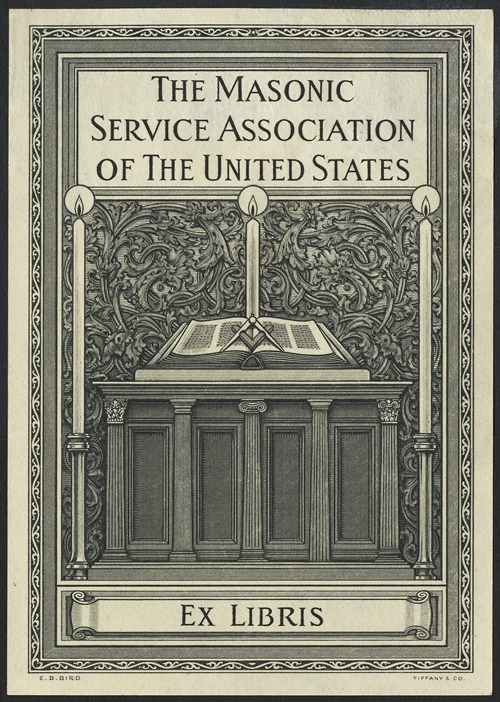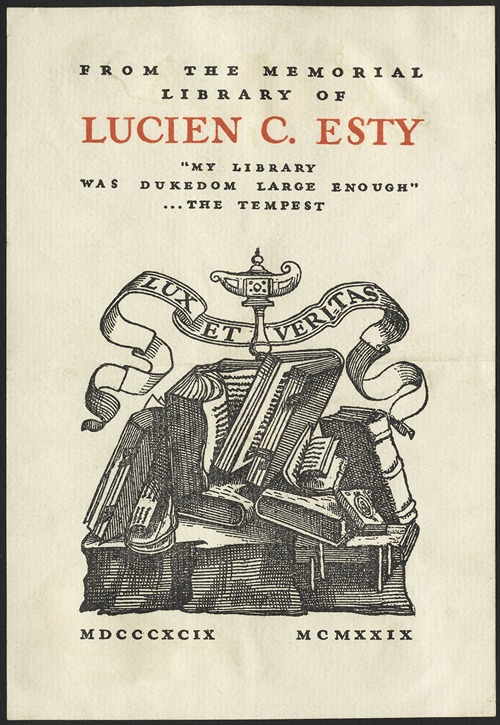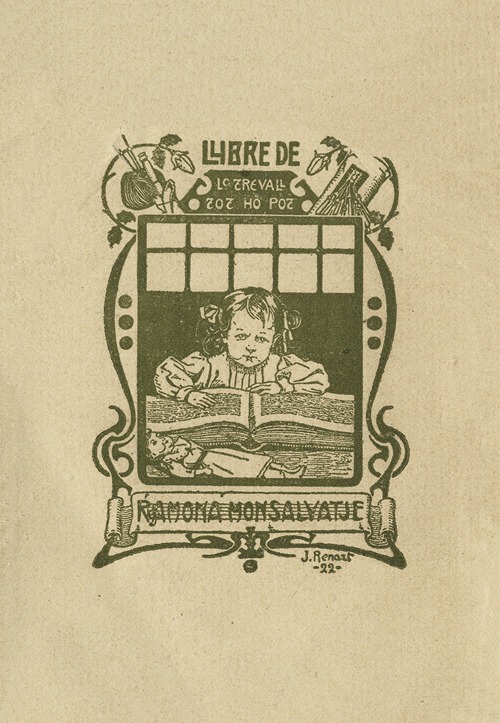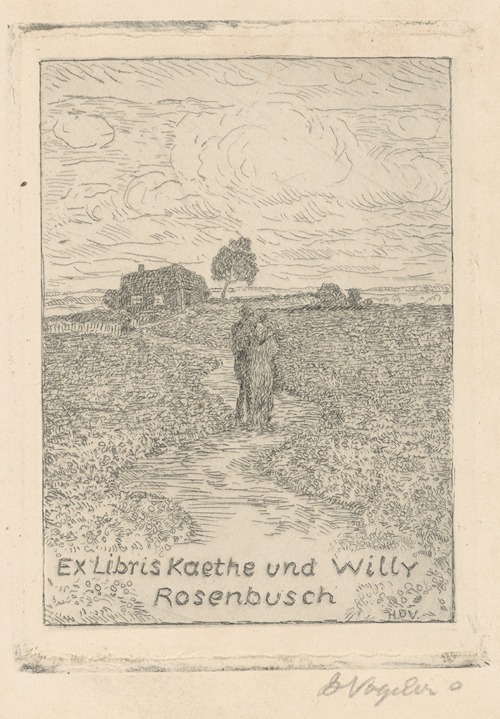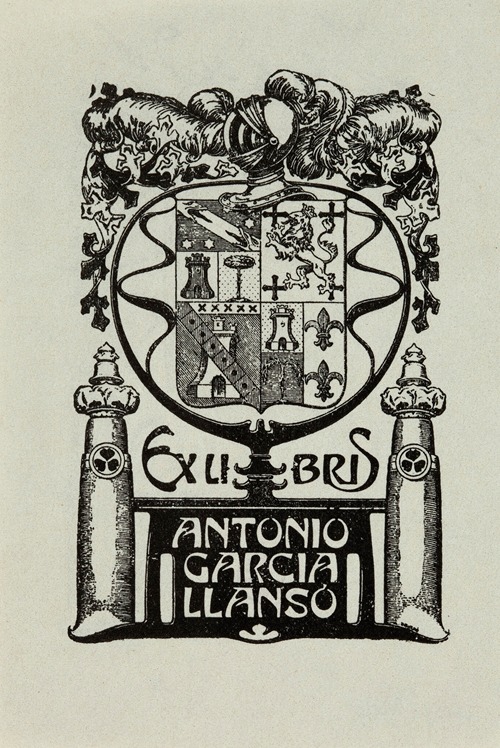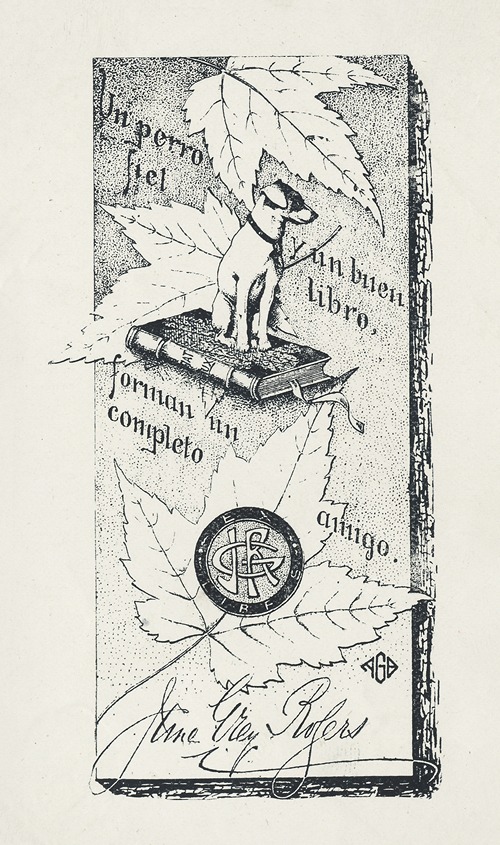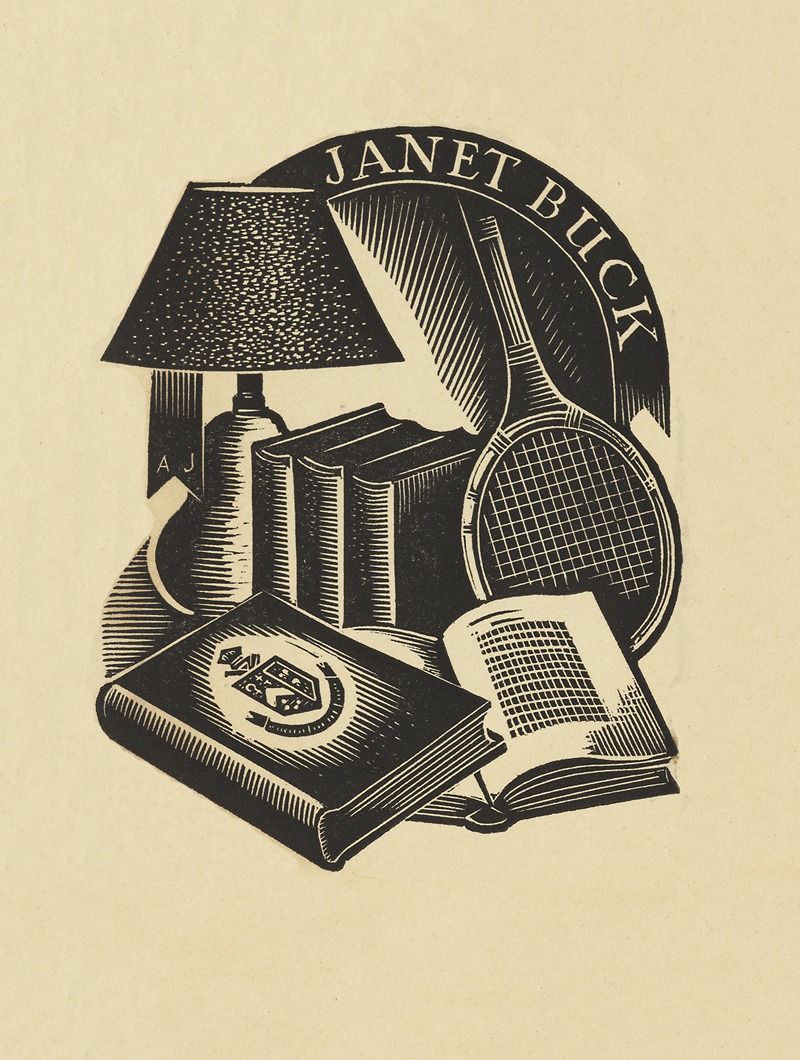
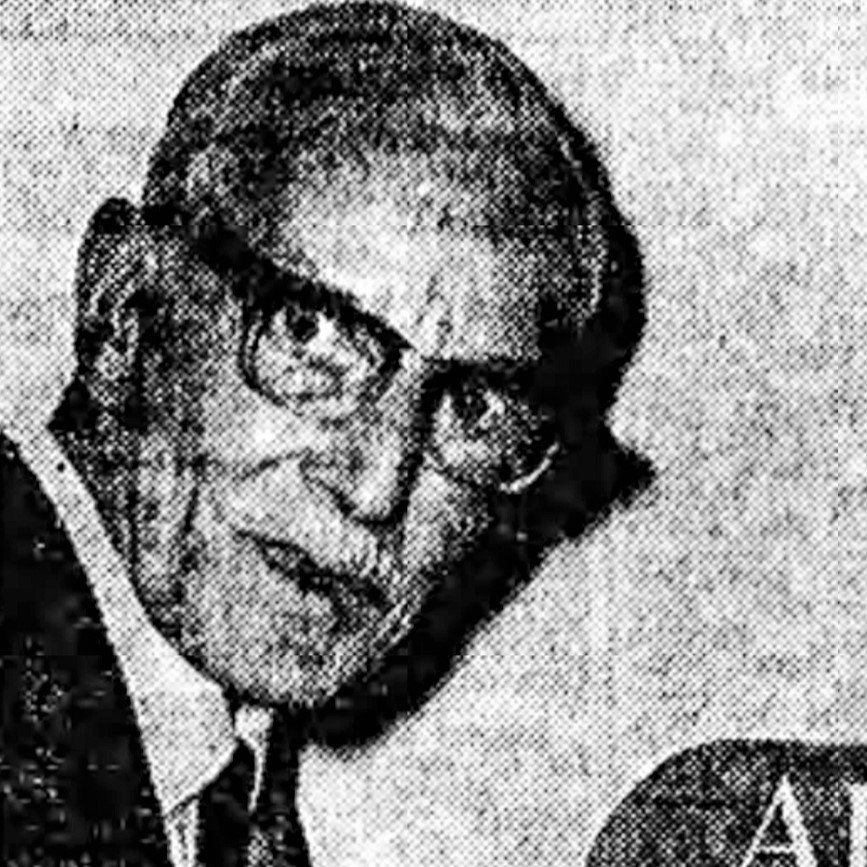
Allan Holder Jordan was an Australian painter, designer, printmaker and teacher.
Allan Jordon was born in 1898 in Elsternwick, the son of Sandhurst-born customs agent James Oliver Jordan and Maud Ethel (née Alleyne) who married in 1897.
Living in Malvern, Jordan's interest at age sixteen was in amateur photography, on the subject of which he contributed three articles, with concise diagrams, to The Australasian Photo-Review, one in the 15 January 1916 edition about making "Photographic Bookplates," another on building a home darkroom in a bathroom, and one instructing how to use a camera as a solar enlarger. His photographs featured in the magazine, and he was also awarded prizes in the A P-R competitions.
Jordan studied at Swinburne Technical College from 1915 to 1919.
He worked mainly in woodcuts and wood engraving and was an influential teacher in printmaking and book arts in Australia. His oeuvre numbers sixty graphic prints, twenty designed and illustrated small books and seventy-one bookplates, as well as drawings, paintings, pastels and small mosaics, a body of work noted by Robert Littlewood "for its consistent quality of design and draftsmanship combined with the expert manner in which the works have been created."
Littlewood identifies "three notable areas of interest in Jordan's creative effort: linocuts and colour woodcuts in the 1930s; book design and illustration in the 1940s; and bookplate design for two decades from 1939 until 1958." Jordan exhibited in group shows through the 1930s, and less frequently in subsequent years.
After complaints to the Federal Treasurer that some of Australia's coin designs were heraldically incorrect, action was taken in September 1946, when Prime Minister Chifley, while at Renmmark, was presented with a suggested lyrebird design by Jordan to replace the coat of arms displayed on the sixpence that was claimed to be obsolete. Chifley promised to consider the Jordan's design made in collaboration with Sydney V. Hagley of the Numismatic Society. Ultimately the design of the coin was unchanged.
Amongst his work are five wood engravings for Joseph O'Dwyer's The Turning Year 1944. Other designs he created for Hawthorn Press, Melbourne in the 1940s included a series of paperback booklets printed on lesser-quality wartime paper and sold at 1 shilling and sixpence, which were written by Frank Clune, each dealing with some aspect of Australian history, such as his 1944 Stories of Central Australia.
Jordan joined artists Neville Barnett, Roy Davies, Adrian Feint, Lionel Lindsay and Philip Litchfield in a revival of the bookplate before World War Two. His Ex Libris bookplates often employ intricate rebuses to characterise their owners, and such is the case with that he created for World War Two hero Russell Francis Wright MBE (1920–2012).
Jordan's prints and paintings are in national and international collections.
